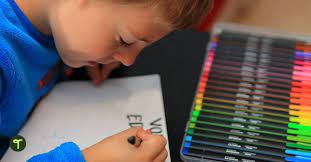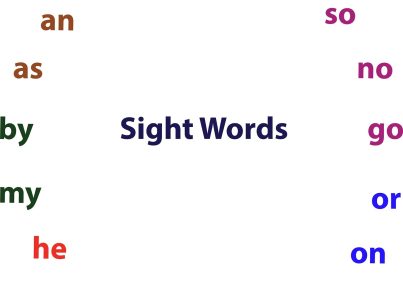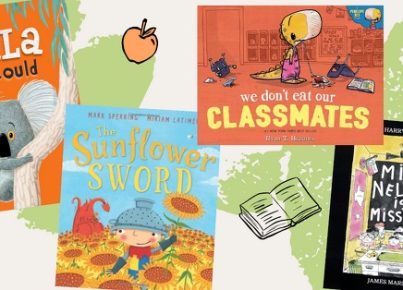Mirror writing is a phenomenon where a person writes in a way that the text is reversed and appears as a mirror image of the original. It is commonly seen in young children, especially those who are learning how to write. In this article, we will explore why students reverse letters and provide a helpful guide for teachers in understanding and addressing this issue.
One of the main reasons why students reverse letters is due to their still-developing motor skills. Writing involves precise hand movements and coordination, which can be challenging for young children. As a result, they may have difficulty with the proper formation and directionality of letters, leading to reversals.
Another factor that contributes to letter reversals is visual perception. Students may struggle to differentiate between letters that have similar shapes, such as b and d. These students may perceive the letters as interchangeable and mirror write them unintentionally. This confusion can be compounded if they haven’t fully internalized the letter formations and their correct orientations.
Some students may also reverse letters as a result of dyslexia or a related learning difference. Dyslexia affects the way the brain processes language, making it challenging to recognize and manipulate letters and words. Reversing letters is one of the many potential symptoms of dyslexia.
As a teacher, it is essential to understand and address mirror writing to support students who struggle with letter reversals. Here are some strategies to consider:
- Explicitly teach letter formations: Provide explicit instruction on how to form each letter correctly. Emphasize the starting point, direction, and order of strokes. Reinforce these concepts through practice and visual aids.
- Focus on letter orientation: Help students understand the correct orientation of letters by using visual cues. Encourage them to pay attention to the position of the letter within words and sentences.
- Provide multisensory activities: Engage students in activities that involve multiple senses to reinforce letter recognition and formation. Incorporate activities that involve writing in sand or shaving cream, tracing letters with fingers, or using manipulatives to build letters.
- Differentiate instruction: Tailor instruction to meet the individual needs of each student. Provide additional support and practice opportunities for those who struggle with letter reversals. Consider using specialized programs or interventions for students with dyslexia or learning differences.
- Encourage self-correction: Teach students strategies for self-correction when they notice they have written a letter incorrectly. Prompt them to review their work, compare it with the correct formation, and make corrections independently.
Remember, reversing letters is a common occurrence in the early stages of writing development, and with time and practice, most students naturally overcome this challenge. However, by understanding the underlying reasons and implementing effective strategies, teachers can provide targeted support to help students with letter reversals progress confidently in their writing skills.





